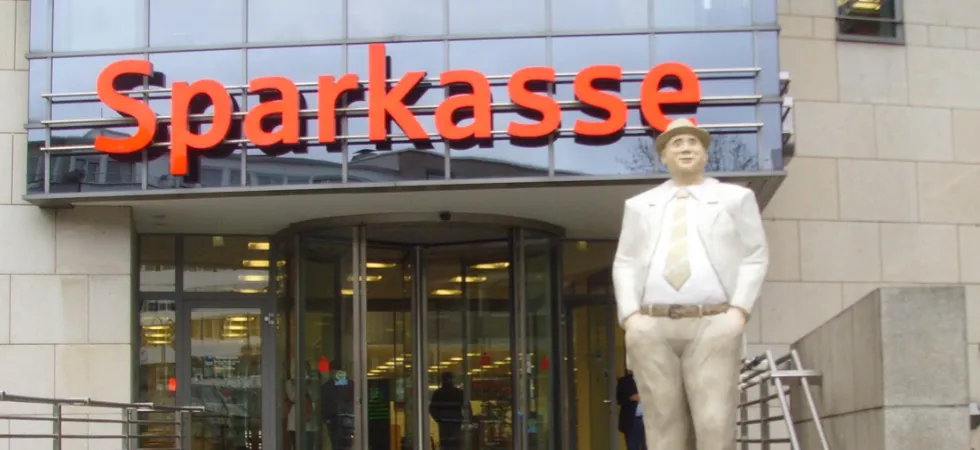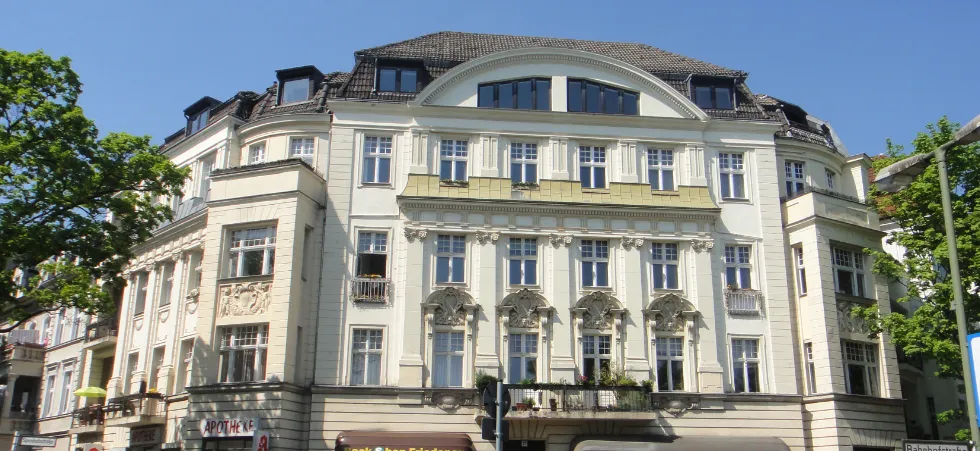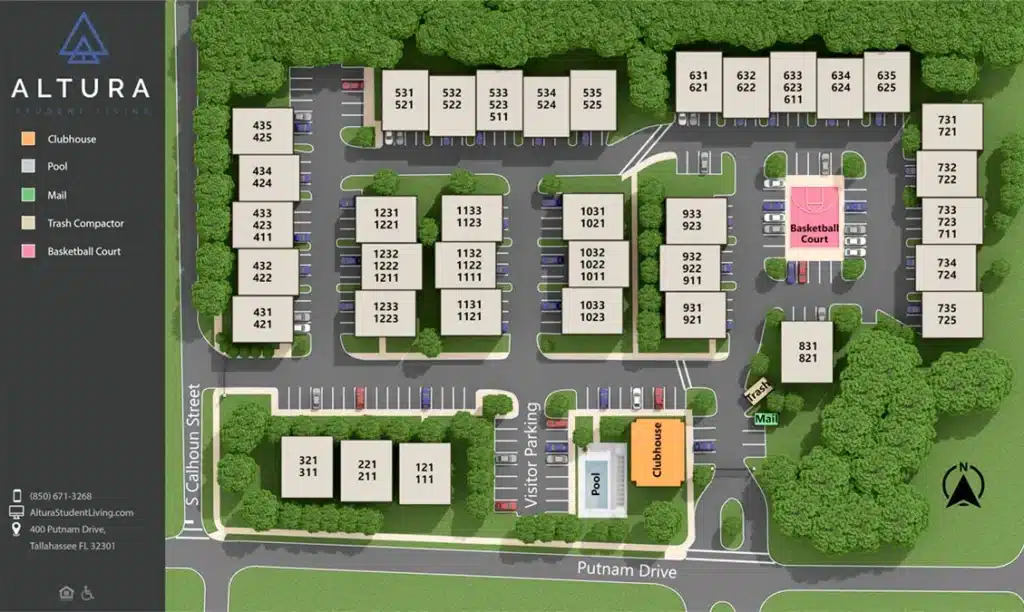IInflation doesn’t show up in headlines – but in balance sheets. It erodes value slowly, invisibly – unless you intervene. Anyone who still relies on classic security concepts today risks nothing less than the creeping loss of their purchasing power. The real enemy of wealth preservation is not volatility – it’s inaction.
Classic residential properties in Germany are particularly affected: Increasingly restrictive rental laws, capped rent increases, and politically motivated interventions in the freedom of contract are continuously reducing potential returns. At the same time, government pressure for energy-efficient modernization is leading to significant costs that often cannot be passed on to tenants. The outcome? High effort, low yield – and little prospect for long-term capital preservation.
What many don’t realize: The German residential property market is not suffering from a lack of capital – but from a lack of growth. Billions in private and institutional funds are available, but can hardly find any projects with a sensible risk-return ratio. The result is an unhealthy surplus of capital in a stagnant market – with corresponding pressure on valuations.

The Illusion of Security: Why Seemingly Solid Investments Are Failing
Over decades, a deep sense of security has developed: If you don’t gamble away your assets, you’re doing everything right. So people stayed in fixed-term deposits, core office properties, or the “solid” housing stock of German metropolises.
Perhaps also an equity ETF on the DAX – conservative, broadly diversified, and in the eyes of many, the best means of preserving and increasing wealth.
But this way of thinking was a child of the zero-interest-rate era. As long as central banks pumped liquidity into the markets, almost all asset classes rose simultaneously. Price gains gave the feeling of stability.
But with the rise in interest rates, reality returned – and with it a painful realization: Many of these investments were not safe, but simply overvalued.
Let’s take the stock market. In recent years, US technology stocks in particular have been an investor favorite. Companies like Apple, Microsoft, or Nvidia shone with impressive price performance. Those who invested early were able to pocket massive profits. But today? The valuations of these companies are a classic end-of-cycle signal, not the start of something new. Price-earnings ratios of 30, 40 or more mean: Anyone who joins today pays a high price for past successes and has little buffer to the downside.
Security has nothing to do with history – it is a function of the present. Anyone who wants to invest “safely” today must rethink.

Why Nominal Returns Mislead – and What Truly Matters
A widespread misconception in asset investment is the fixation on nominal returns. Three percent interest sounds solid – as long as you don’t question what really remains of it. But with an inflation rate of five percent (whether officially or actually felt), the supposed return quickly becomes a real loss. And it happens again – every single year.
This “silent expropriation” is more perfidious than any stock market crash. Because it happens slowly, gradually – and unnoticed. The account balance does not change. The property remains on the balance sheet. But the purchasing power melts away. And the most dangerous thing about it: It doesn’t feel like a loss at first. Until it’s too late.

In Germany, there is another aspect to consider: The current income is usually fully taxed – even if it only barely compensates for inflation. Tax deferral or reinvestment models like the 1031 Exchange do not exist. Real return thus becomes a mathematical fiction – a bad deal for long-term capital.
It becomes particularly problematic if inflation rates remain structurally high – as is currently driven by geopolitical tensions, deglobalization, high national debt, and labor shortages. Interest rates may not rise to old levels. But even at four to five percent, the real interest rate remains negative for many investments – a bad deal for long-term capital.
Therefore: Anyone who wants real returns must be prepared to accept real risks – but above all, must let go of the illusion that ‘stability’ equals ‘preservation of value’.

A Story from Berlin: Excellent Location – Bad Deal
A personal experience years ago made it particularly clear to me how deceptive our handling of value can be.
At that time, I advised a businesswoman who owned a property in Uhlandstraße in Berlin, just a few meters from Kurfürstendamm. A gem, without question. Prime location, charming old building, perfect connections – a typical A-location property that makes every real estate professional rave.
Her conviction was clear and self-confident: “Nothing can go wrong with this location. The value will always increase.” An attitude that is often heard – and that is so dangerous.
I looked at the numbers. The property was valued at around 40 times the annual net cold rent at the time. Historically, comparable properties – even in top locations – were in the range between 12 to a maximum of 18 times. My question was correspondingly sober: “Why shouldn’t the factors also decrease again?”

What happened next was foreseeable. The markets turned, interest rates rose, and with them the return expectations of buyers. Today – with a slightly increased rent – the property could perhaps still be sold for 20 times the annual rent. Sounds solid – but is a setback of several million euros compared to the peak at that time.
Especially with real estate, the emotional factor is strong: You see what you own. But visibility does not replace profitability. And familiarity is no protection against market mechanisms.
The point is: Even excellent locations do not protect against overvaluation. Real estate is not a one-way street – and a low cash flow at a high price is not security, but a risk.
Cash Flow Over Conviction – Structure Over Sentiment

So what really protects? Our experience shows: It’s not the well-known names, not the top locations, not the glossy brochures – but ongoing operational cash flow, smart tax structuring, and strategic allocation in markets with real population and rental growth.
That’s why many professional investors – especially family offices – are increasingly investing in US multifamily projects. These offer stable rental income, inflation-indexed leases, favorable entry prices compared to Europe, and above all: a structure that maximizes net income.
Perhaps the greatest leverage lies in the tax area: With appropriate structuring, tax-free returns can be achieved over 20 or even 30 years through the combination of depreciation, tax-free reinvestment (1031 Exchange), and the use of passive income streams – both in the USA and in Germany.
This means: The ongoing cash flow from the projects can be neutralized for tax purposes, while the assets continue to work – completely legal, efficient, and with full control. What is often considered illusory in Germany has been a lived practice of professional real estate investors in the USA for decades.
Global allocation is no longer a luxury. In a world of multiple crises – from supply chain risks to geopolitical instability to the fragmentation of capital markets – national concentration is no longer low-risk, but risky. Anyone who wants to preserve wealth must think – and act – across borders.

This is no market for speculation. It’s a market for responsibility.
We live in a new reality. The old strategies—holding, hoping, and waiting it out—no longer work in an inflationary world. Today, capital needs direction, dynamism, and structure.
The greatest danger to your wealth is not inflation, volatility, or taxes—it’s stagnation. Those who only manage will lose. On the other hand, those who rethink, actively manage, and free themselves from the illusion of security have the chance to truly preserve value—and, beyond that, to grow.
Ask yourself: Where is your money working today? And: Is it doing so where it performs – not merely persists?








